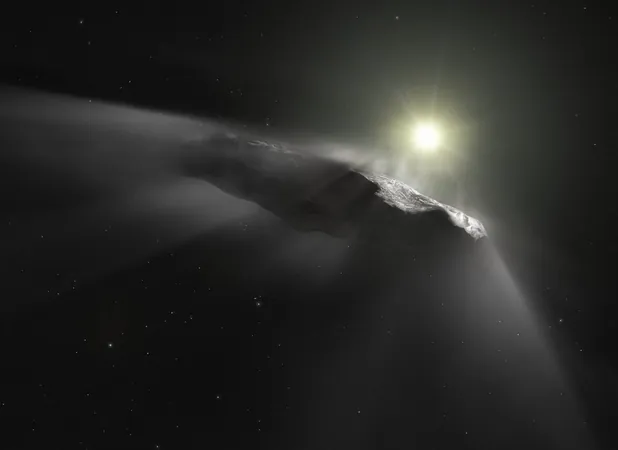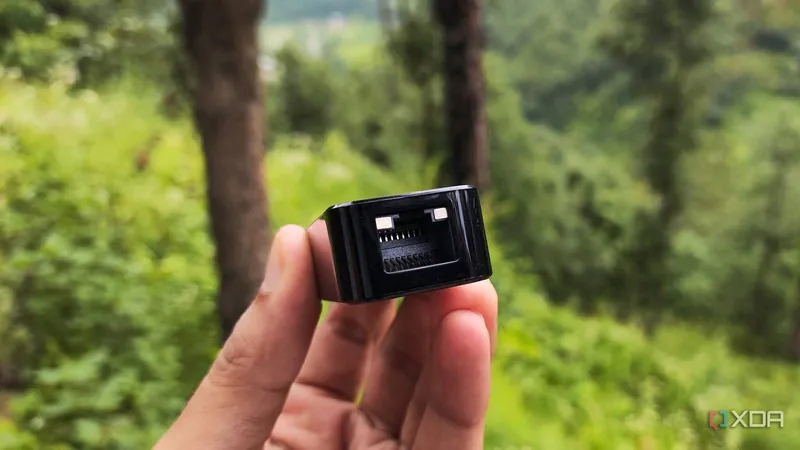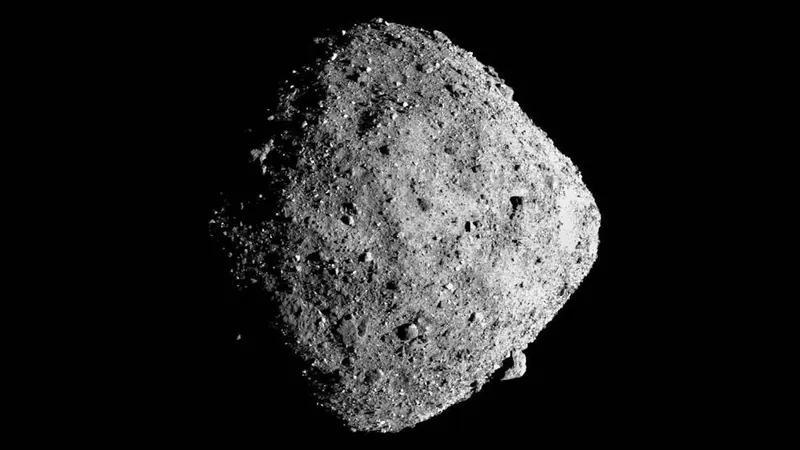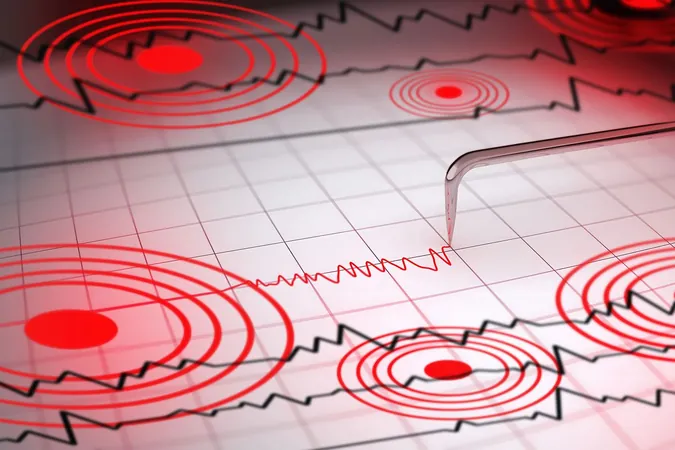
Could Interstellar Objects Be Spaceships? The Search for Technosignatures Heats Up!
2025-08-31
Author: Emily
The Great Debate Over Interstellar Objects
The recent identification of the interstellar object (ISO) 3I/ATLAS has ignited a fiery discussion about the possibility of these celestial visitors having technological origins. While internet enthusiasts and esteemed Harvard academics alike ponder whether these ISOs could be spaceships, the scientific consensus leans towards the notion that they are not engineered creations. However, a groundbreaking study led by James Davenport from the University of Washington's DiRAC Institute is set to explore how astronomers might gather the "extraordinary evidence" needed to challenge this consensus.
What Are Technosignatures?
In the realm of the search for extraterrestrial intelligence (SETI), the term "technosignatures" is used to describe evidence that suggests a technological civilization crafted an object wandering through our solar system. Although technosignature searches extend beyond ISOs—encompassing everything from hypothetical Dyson swarms around distant stars to hidden monoliths reminiscent of those in "2001: A Space Odyssey"—the newfound interest in ISOs puts them at the forefront of this fascinating research.
Four Key Technosignatures to Watch For!
Davenport’s paper outlines four intriguing technosignatures that could potentially signal that an ISO is not just a natural phenomenon. Let's break them down!
1. Unexplained Acceleration
First on the list is unexplained acceleration. If an ISO changes its speed in ways that gravity alone can’t account for, it might suggest the presence of a thruster—essentially a sign of intelligent maneuvering. It’s worth noting, however, that other forces like radiation pressure can also influence its trajectory. The first known ISO, `Oumuamua`, stirred up considerable excitement when it exhibited non-gravitational acceleration, sparking wild theories about its nature.
2. Unnatural Spectra
Next up: unnatural spectra. While it may sound whimsical to think aliens would paint their starships, the idea encapsulates the prospect that ISOs could be coated in advanced materials or designed with features that reflect light differently than natural objects. An onboard computer could also emit an unexpected infrared signature detectable by our telescopes.
3. Bizarre Shapes
Thirdly, the shape of the object could provide hints. Many interstellar designs, like large solar sails, present a distinct profile that could be recognized if seen from a distance. However, determining an ISO's shape remains a challenge and is often inferred through its rotational dynamics.
4. Signals from the Void
Lastly, there's the classic technosignature—signals. Even if an ISO is relatively close, the signals emitted might still be difficult to detect, but capturing them could provide irrefutable evidence of technological origins. They might appear as radio waves or laser emissions.
An Exciting Future for ISO Research!
The beauty of Davenport's research lies in its approach: the necessary data might already be gathered by existing telescopes, requiring no extra observational time or specialized equipment. Though there's a dream of a dedicated mission akin to a "Rendezvous with Rama" scenario, such projects remain unfunded for now.
Looking ahead, the future of ISO research is brimming with potential, particularly with the upcoming Vera Rubin Observatory, which could uncover up to 50 new ISOs over the coming decades. As our understanding deepens, the possibility of identifying a truly unusual ISO grows—bringing us closer to answering the ultimate question: Are we alone in the universe?









 Brasil (PT)
Brasil (PT)
 Canada (EN)
Canada (EN)
 Chile (ES)
Chile (ES)
 Česko (CS)
Česko (CS)
 대한민국 (KO)
대한민국 (KO)
 España (ES)
España (ES)
 France (FR)
France (FR)
 Hong Kong (EN)
Hong Kong (EN)
 Italia (IT)
Italia (IT)
 日本 (JA)
日本 (JA)
 Magyarország (HU)
Magyarország (HU)
 Norge (NO)
Norge (NO)
 Polska (PL)
Polska (PL)
 Schweiz (DE)
Schweiz (DE)
 Singapore (EN)
Singapore (EN)
 Sverige (SV)
Sverige (SV)
 Suomi (FI)
Suomi (FI)
 Türkiye (TR)
Türkiye (TR)
 الإمارات العربية المتحدة (AR)
الإمارات العربية المتحدة (AR)